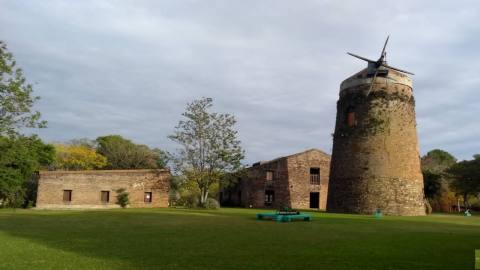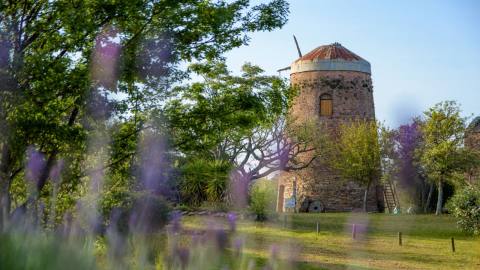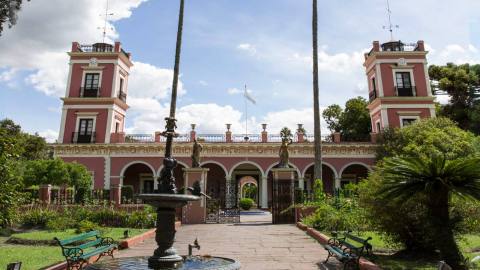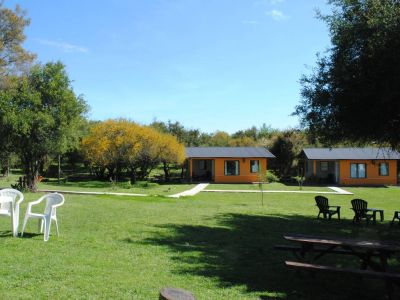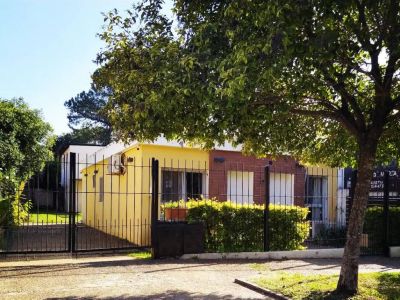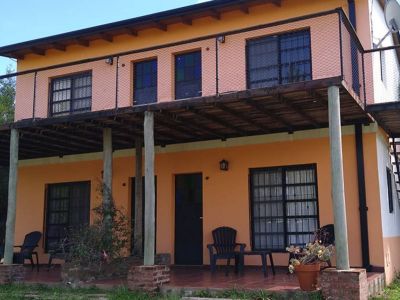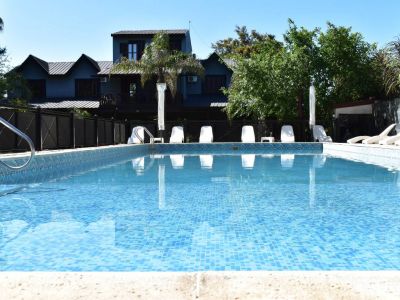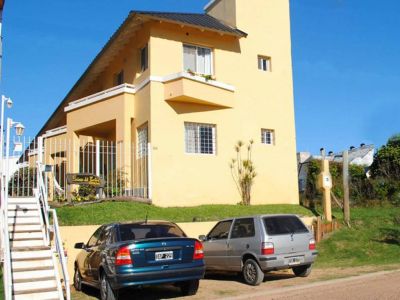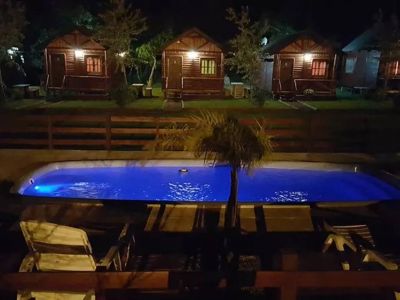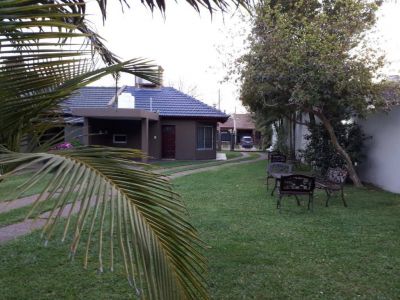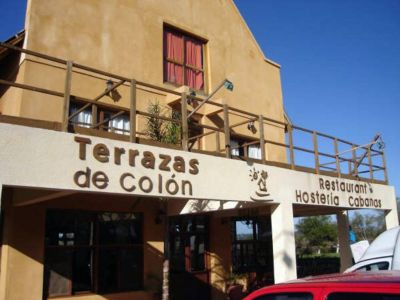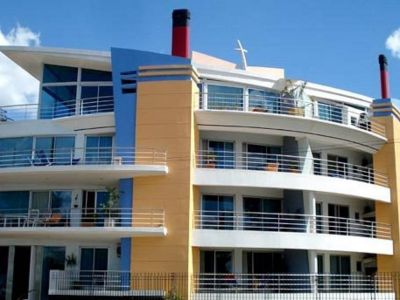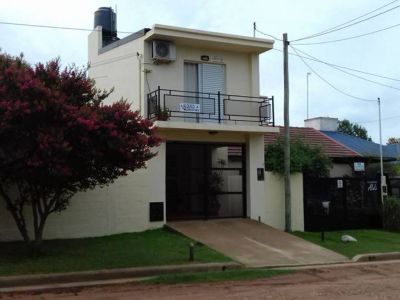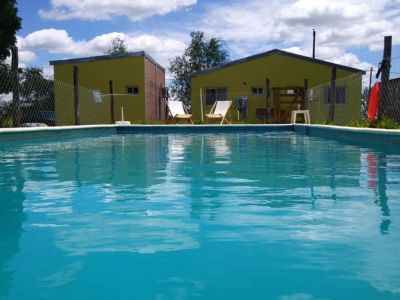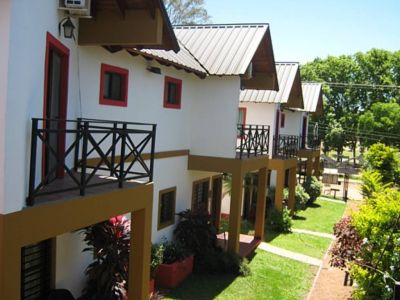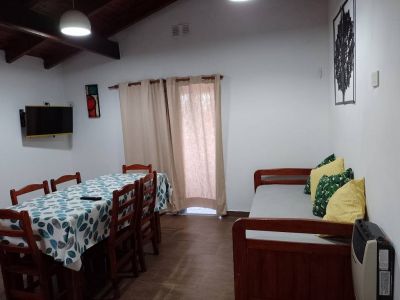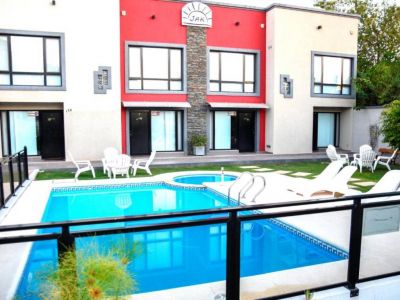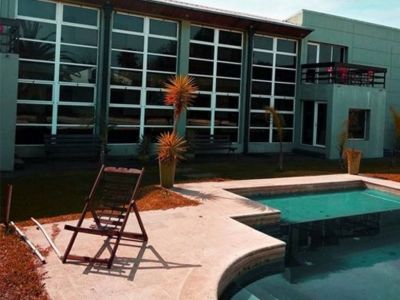The San José Palace was the family residence of Justo José de Urquiza, the first constitutional president of Argentina. Today it is a National Historical Monument and Museum, where the collection of documents, furniture, objects, and paintings offers a complete educational experience.
A historic museum
Some sections of Argentine history from the 19th century are told in this palace located in the department of “Concepción del Uruguay” in the province of Entre Ríos. The original name was Posta San José, from where General Urquiza governed and pulled the strings of the Confederation's destiny, even though the seat of government was in Paraná. The transition from post-colonial construction at its inception in 1848 to the palatial envelope of domes, courtyards, and towers led people to call it “palacio” (palace in Spanish).

It is a ranch house, whose work required several stages of construction between 1848 and 1860. The first country house was modified by the architect Jacinto Dellepiane, later followed by Pietro Fossati, both Italians, whose greatest significance comes from this work with three patios of Italianate architecture. This type of architecture had its heyday between 1830 and 1880 in Argentina, as a transition step between the colonial era and the French art that dominated Buenos Aires in the first decades of the 1900s. The Palace is one of the best examples of this architectural era.

General Urquiza's ranch functioned as a regional economic center. Along with the increase in the production of vegetables, honey, wines, dairy products and milling, the continuous need made the country house extend into rooms, service units, patios, and comfort. Dellepiane oversaw this functional construction to the life of its inhabitants. Fossati undertook the last section of the construction to turn the house into a palace, whose cherry is the chapel with an octagonal base and decoration with mural paintings made by Juan Manuel Blanes.

The warp between the political situation and the construction of the house runs through the image of Urquiza as “el caudillo” that Sarmiento painted wanting to get rid of the rusticity of the countryside to transform his house into the palace that welcomes the historical and social scene, and even artistic, of the region with all the technological advances of the time. The palace gardens also deserve a special tour to imagine what such a landscape meant in the middle of the Entre Ríos mountains and troubled times.


In 1994 the conventional constituents took the oath to the Magna Carta in the San José Palace, whose owner and founder was the promoter of the first National Constitution of 1853. The museum has a library and documentary archive that, together, make up one of the most important collections in the region.










